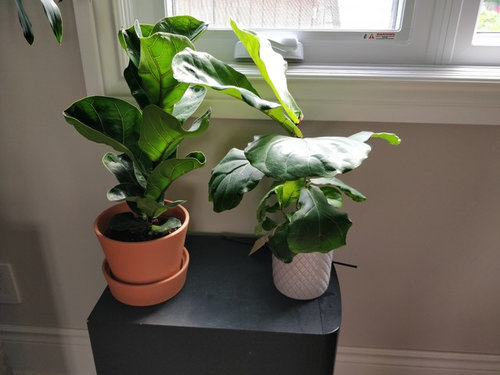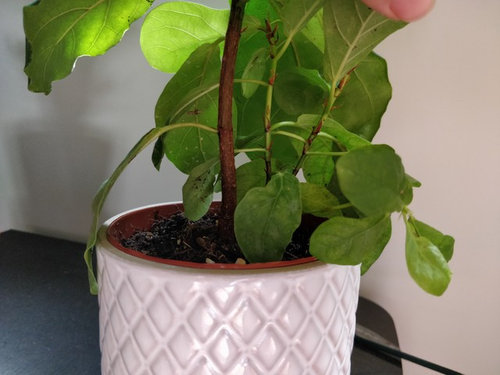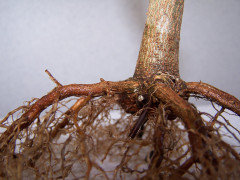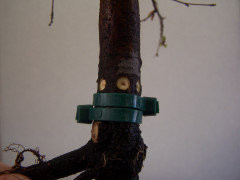small FLF ficus lyrata saplings
Elena Nuta
4 years ago
Featured Answer
Sort by:Oldest
Comments (6)
Elena Nuta
4 years agoRelated Professionals
Erie Landscape Architects & Landscape Designers · Fitchburg Landscape Architects & Landscape Designers · Redondo Beach Landscape Architects & Landscape Designers · West Chester Landscape Architects & Landscape Designers · Jackson Landscape Contractors · Brandon Landscape Contractors · Cliffside Park Landscape Contractors · Cockeysville Landscape Contractors · Fishers Landscape Contractors · Little Ferry Landscape Contractors · Munster Landscape Contractors · Rancho Santa Margarita Landscape Contractors · Wallingford Landscape Contractors · 07920 Landscape Contractors · East Hanover Interior Designers & Decoratorstapla (mid-Michigan, USDA z5b-6a)
4 years agoElena Nuta
4 years agoElena Nuta
4 years agotropicofcancer (6b SW-PA)
4 years ago
Related Stories

HOUSEPLANTSPlay Up Some Fiddleleaf Figs for a Lively Indoor Tune
Strike a dramatic chord in a minimalist scene or a country note in a rustic setting — fiddleleaf fig plants harmonize with any style
Full StorySponsored
Professional Remodelers in Franklin County Specializing Kitchen & Bath
More Discussions














tapla (mid-Michigan, USDA z5b-6a)